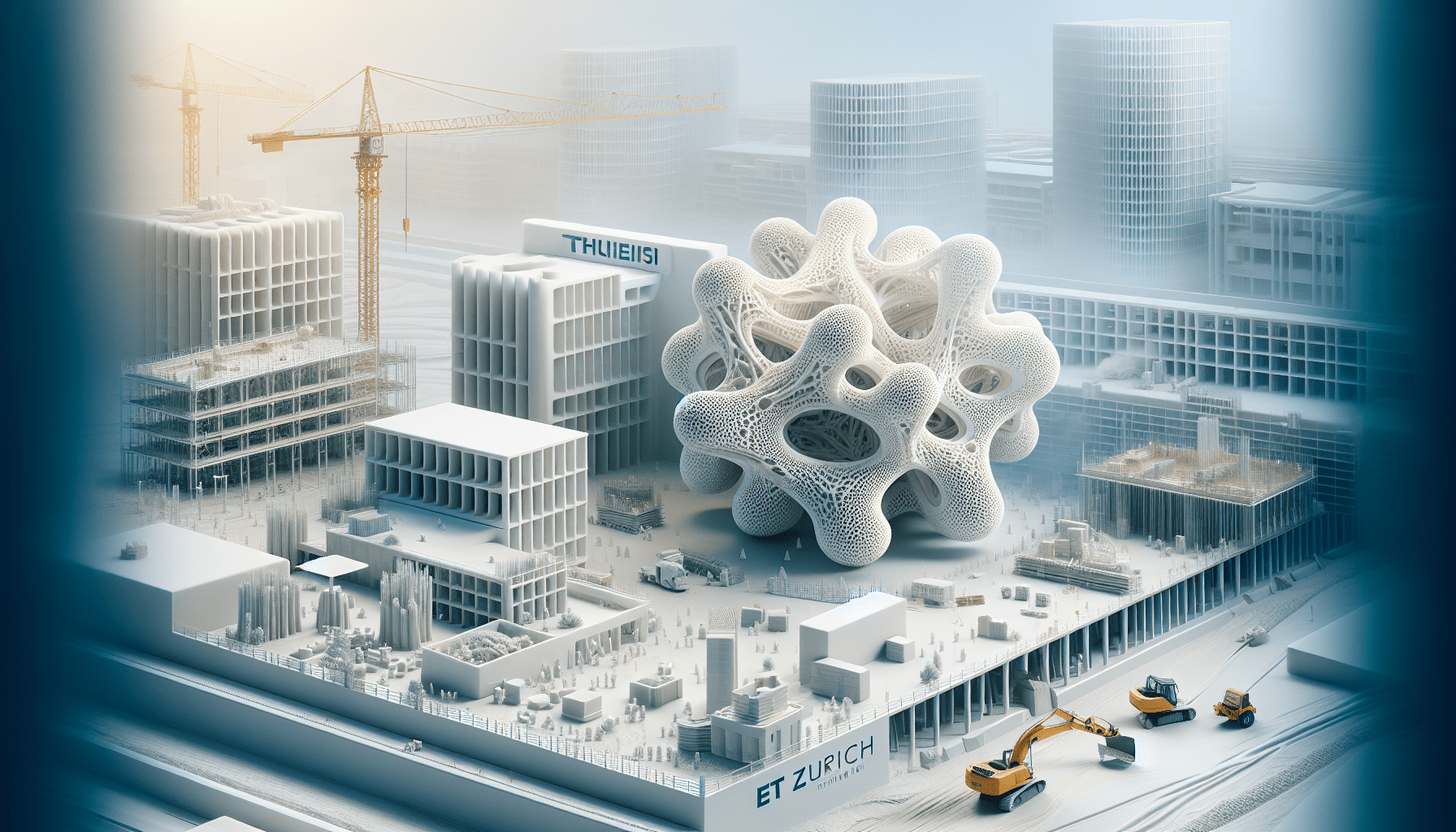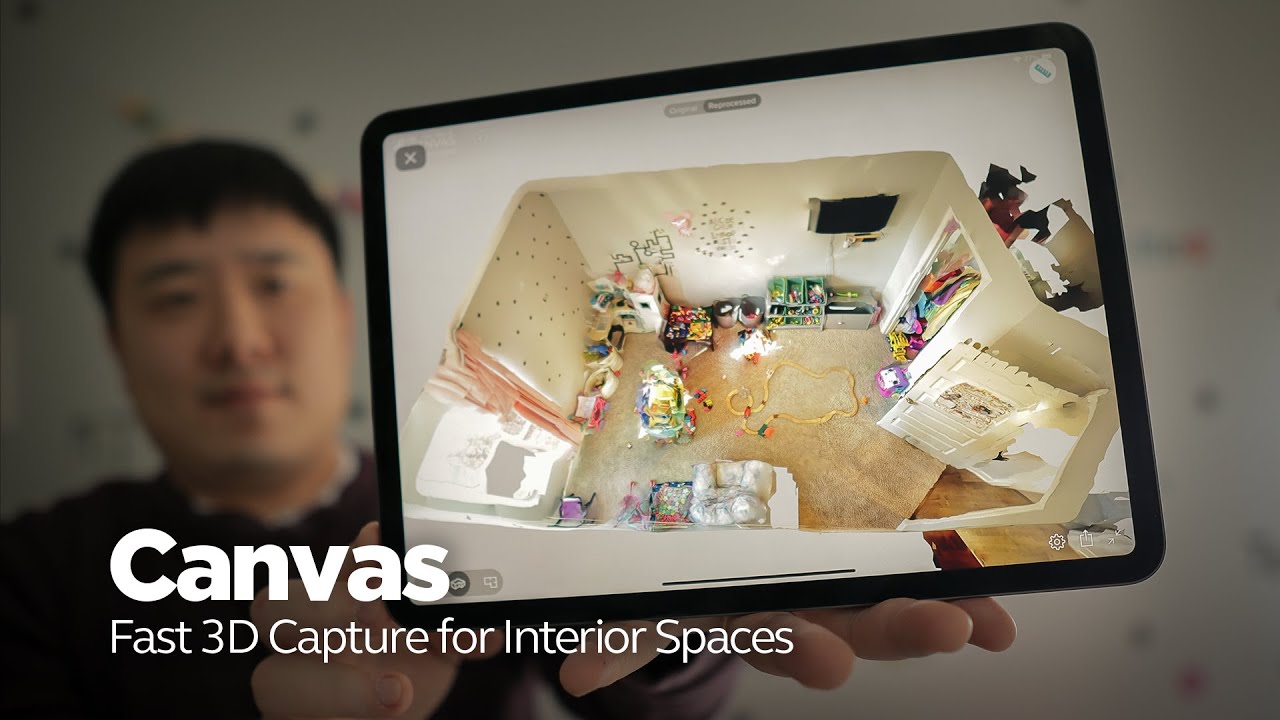Creality Official K2 Plus Combo 3D Printer, Multi Color Printing with CFS 600mm/s High-Speed Full Auto-Leveling Dual Al Camera Next-Gen Direct Drive Extruder Build Volume 13.78x13.78x13.78 inch
$1,349.00 (as of June 19, 2025 23:45 GMT +00:00 - More infoProduct prices and availability are accurate as of the date/time indicated and are subject to change. Any price and availability information displayed on [relevant Amazon Site(s), as applicable] at the time of purchase will apply to the purchase of this product.)ETH Zurich has developed a groundbreaking system called FoamWork, which uses 3D-printed foam formwork elements to reduce the amount of concrete needed in building construction. The system involves filling a rectangular mould with mineral formwork elements of various shapes and sizes before pouring in the concrete. This creates hollow cells throughout the panel, resulting in a lighter and better-insulated structure while using 70% less material. The formwork elements are 3D printed using recyclable mineral foam, which contributes to reducing the carbon footprint of construction. The innovative FoamWork system has the potential to significantly decrease the amount of concrete used in buildings, contributing to sustainability efforts in the construction industry.
ETH Zurich’s FoamWork System
In the quest to reduce the carbon footprint of the construction industry, researchers at ETH Zurich have developed a system called FoamWork that aims to slash concrete use in buildings. The system utilizes 3D-printed formwork elements made from recyclable mineral foam to create pre-cast concrete slabs that are lighter, better insulated, and require 70% less material.

Use of 3D-Printed Formwork Elements
The FoamWork system involves filling a conventional rectangular mould with 24 mineral formwork elements of various shapes and sizes. These formwork elements are 3D-printed using an autonomous robotic arm and made from recyclable mineral foam. The foam is traditionally made by foaming cement but in this system, an alternative developed by Swiss start-up FenX is used. FenX has developed a foam made of fly ash, a waste product from coal-fired power stations. This alternative helps to minimize the carbon footprint of the foam, even when considering the emissions associated with coal combustion.
Optimized Internal Geometry
The internal geometry of the concrete panel is optimized to reinforce the slab along its principal stress lines. This design approach, inspired by Italian architect Pier Luigi Nervi’s work in the 1940s, creates the necessary strength while drastically reducing the amount of concrete needed to produce the slab. By reducing the mass of the concrete, secondary effects on the dimensioning of the entire load-bearing structure are achieved, leading to reduced efforts for shipping and handling on construction sites.
$30 off $400+ Anycubic Products with code AC30OFF
Customizable Shape and Configuration
One of the advantages of the FoamWork system is the ability to customize the shape and configuration of the internal cells. This flexibility allows for the creation of a range of concrete building elements, from walls to entire roofs. Currently, custom formwork geometries are wasteful to produce or not feasible. FoamWork offers a more efficient and sustainable solution by allowing architects to create complex formwork geometries without wasting material through chipping and offcuts.
Utilizing Recyclable Mineral Foam
The formwork elements used in the FoamWork system are made from recyclable mineral foam. Mineral foam is increasingly being used as an insulation material in construction due to its high porosity. The use of this recyclable material helps to reduce the environmental impact of the construction process. Additionally, the FoamWork system allows for the formwork elements to be recycled and reprinted to create new formwork, making the entire system potentially zero-waste. This is a significant step towards achieving sustainability in the construction industry.

Alternatives to Cement Production
Cement production is one of the major contributors to CO2 emissions globally. To address this issue, the FoamWork system avoids the use of cement-based formwork elements. Instead, it utilizes the fenX foam made from fly ash, a waste product from coal-fired power stations. This alternative material helps to reduce the carbon footprint of the foam and minimize the environmental impact of the construction process.
Achieving Zero-Waste with FoamWork
One of the key benefits of the FoamWork system is its potential to achieve zero-waste. Unlike traditional construction methods that generate offcuts and waste material during formwork production, the additive manufacturing process used in FoamWork results in no offcuts. Additionally, the formwork elements can be recycled and reprinted to create new formwork, further reducing waste. The ability to achieve zero-waste is a significant step towards sustainable construction practices.
Minimizing Embodied Carbon Footprint
The FoamWork system offers a way to minimize the embodied carbon footprint of buildings. By reducing the amount of concrete needed in the construction process and optimizing the internal geometry of the concrete panels, the system helps to minimize the environmental impact of the building materials and construction methods. The use of recyclable mineral foam and the potential for zero-waste further contribute to the goal of reducing the embodied carbon footprint of buildings.
In conclusion, the FoamWork system developed by ETH Zurich is a promising innovation in the construction industry. By utilizing 3D-printed formwork elements made from recyclable mineral foam, the system reduces concrete use in buildings while improving insulation and reducing material waste. With its customizable shape and configuration, the FoamWork system offers architects and builders a sustainable alternative to traditional construction methods. By minimizing the embodied carbon footprint of buildings, the FoamWork system aligns with the industry’s goal of reducing carbon emissions and achieving sustainable construction practices.
Buy Photon Mono M5 Get Free 1KG Resin







